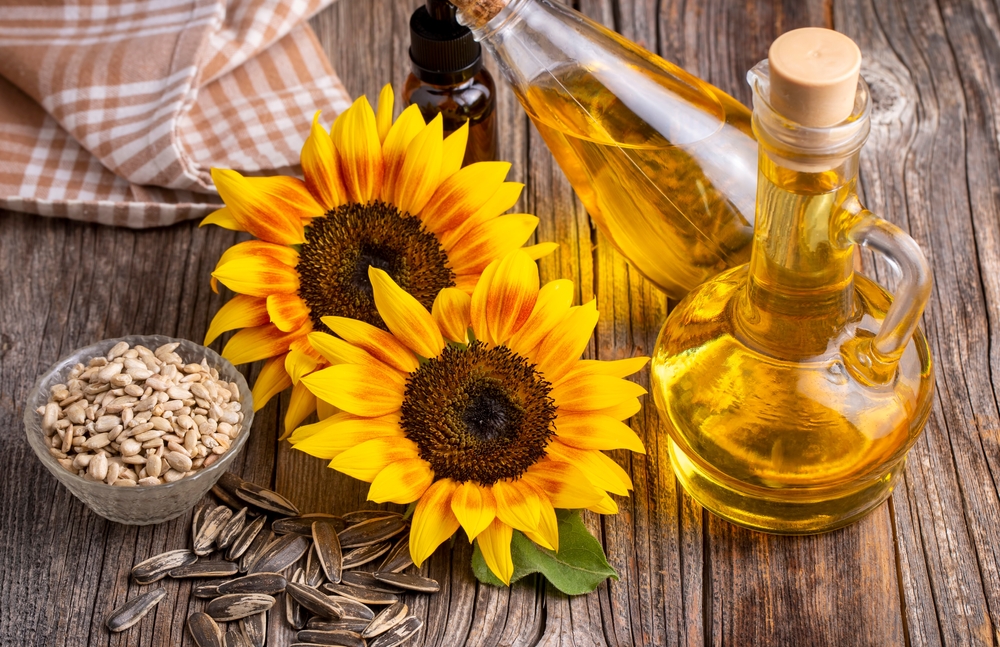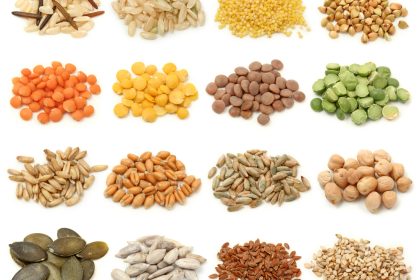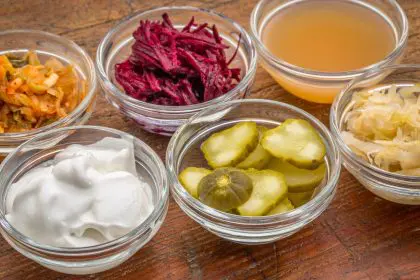Let’s talk about that innocent-looking bottle of sunflower oil sitting in your pantry. You know the one – it’s been your trusty sidekick for everything from stir-fries to salad dressings. But what if I told you this kitchen staple has been living a double life? Your relationship with sunflower oil might be more complicated than you thought.
Don’t worry, we’re not breaking up with sunflower oil completely. This golden liquid extracted from those cheerful yellow flowers actually has a lot going for it. But like that friend who’s amazing in small doses but overwhelming at every single happy hour, it’s all about knowing when to invite it to the party.
The sunflower oil family reunion
Not all sunflower oils are created equal. Think of them as siblings with distinctly different personalities.
High-linoleic sunflower oil is like the energetic youngest child – packed with 44-75% linoleic acid, an omega-6 fatty acid your body needs but can’t produce on its own. It’s essential for growth and development, but sometimes brings a bit too much energy to the table.
High-oleic sunflower oil is the responsible older sibling, with 75-90% oleic acid. With more monounsaturated fats, it handles the heat of cooking better without breaking down and causing drama in the kitchen.
Mid-oleic sunflower oil is the middle child who gets along with everyone. With a balanced composition, it’s the go-to for commercial cooking because of its mild, agreeable flavor and stable temperament under pressure.
Next time you’re shopping, flip that bottle around and check the nutrition facts. Higher polyunsaturated fat means more linoleic acid, while higher monounsaturated fat indicates more oleic acid. Knowing which sibling you’re bringing home makes all the difference.
When sunflower oil shines bright
Your heart might actually thank you for that drizzle of sunflower oil on your salad. Swapping saturated fats for the unsaturated kind found in sunflower oil can give your heart health a boost. It can help knock down LDL cholesterol and triglycerides – those troublemakers that increase your risk of heart disease.
High-oleic versions are such overachievers that the FDA gave them a gold star, approving a heart health claim that says they may help reduce heart disease risk. Not bad for something that started as a pretty flower.
But wait, there’s more. That vitamin E content? It’s like sending your skin and hair to a spa day. Sunflower oil is loaded with omega-6 fatty acids that keep your skin glowing and your hair fabulous. If you’ve struggled with dry skin or conditions like eczema, your epidermis might appreciate a little sunflower love in your diet.
The awkward conversation we need to have
Now for the real talk. Like that friend who posts a little too much on social media, sunflower oil has some oversharing tendencies – particularly when it comes to omega-6 fatty acids.
Your body needs both omega-3 and omega-6 fatty acids, but they need to maintain a certain balance to keep the peace. Modern diets often tilt heavily toward omega-6, which can lead to inflammation throwing a wild party in your body. And trust me, that’s one party you don’t want an invitation to – chronic inflammation has been linked to everything from heart disease to autoimmune issues.
This doesn’t mean you need to ghost sunflower oil completely. Just make sure you’re also inviting omega-3s to the table through foods like fatty fish, walnuts, and flaxseeds to keep things balanced.
The heat is on
Sunflower oil has a high smoke point, making it seem perfect for frying. But here’s where things get toasty. When heated above 356°F, sunflower oil can start producing compounds called aldehydes that nobody invited to dinner. These unwelcome guests have been linked to increased cancer risk.
High-oleic sunflower oil handles the heat better, making it your safer bet for cooking. But even still, it’s probably not the best choice for your daily deep-frying needs – not that you’re deep-frying daily. Right?
Making friends with sunflower oil
So how do we maintain this relationship without getting burned? It’s all about setting healthy boundaries.
First, consider upgrading to high-oleic sunflower oil whenever possible. It’s the more stable, dependable version that won’t flake out on you when things heat up.
Second, avoid the temptation to reuse oil after cooking. I know, I know – it seems wasteful. But reusing oil is like rewearing sweaty gym clothes. It might seem fine at first, but things break down quickly, and toxic compounds start multiplying.
Third, think of sunflower oil as your occasional friend rather than your constant companion. It works beautifully in low-heat cooking methods or as a finishing touch in salad dressings.
Finally, make sure you’re balancing your omega-6 intake by inviting more omega-3-rich foods to your plate. It’s like making sure you hang out with your chill, relaxed friends after spending time with your high-energy ones.
Finding the sweet spot
The sunflower oil story isn’t black and white. It’s more like a complex watercolor with areas of brightness and shadow. Used thoughtfully, it can absolutely be part of a healthy eating pattern.
Its benefits for heart and skin health are real, but awareness of its omega-6 content and how you cook with it matters just as much. Think of it as being in a relationship where you appreciate the good qualities while respecting the boundaries.
The next time you reach for that bottle of sunflower oil, you’ll know exactly what you’re getting into. And isn’t that what adult relationships are all about? Understanding the pros and cons, and making informed choices that work for your specific needs?
So go ahead and enjoy that golden bottle of sunshine – just remember that like actual sunshine, a little goes a long way, and too much exposure can have consequences. Your body will thank you for finding that perfect balance.















